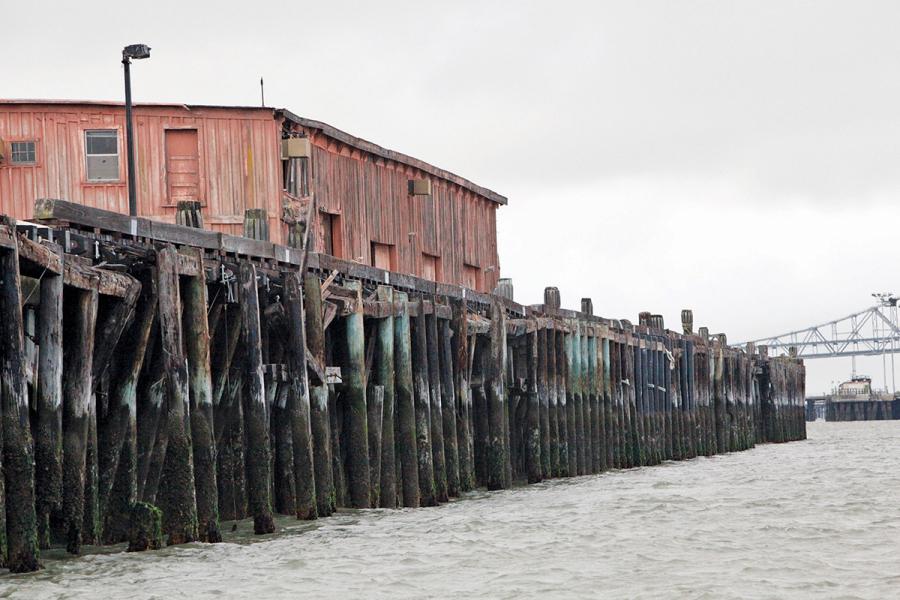Terminal Four Wharf Removal Project

$2,300,000
City of Richmond, Contra Costa County; Measure AA Region: East Bay
Final design, implementation, and monitoring
Safe, Clean Water and Pollution Prevention Program, Vital Fish, Bird and Wildlife Habitat Program
State Coastal Conservancy
2023 UPDATE: In June 2023, the Governing Board authorized a grant of $2,300,000 to the City of Richmond to augment the grant of $2,300,000 previously authorized by the Authority for preparation of final designs and implementation of the Terminal Four Wharf Removal Project. The project bid package was released by City of Richmond in March 2023, and costs came in higher than anticipated. The augmentation of $2,300,000 will allow for full implementation of the project; without the augmentation the project would need to be revised to eliminate or reduce the size of some project components. The Terminal Four Wharf Removal Project is a collaborative effort to remove the largest derelict creosote wharf in San Francisco Bay, and involves the Restoration Authority, State Coastal Conservancy, City/Port of Richmond and other partners. Match funding is provided from additional from private, local, state, and federal partners. Current key task work through January 2024 includes implementing demolition and disposal, and then construction of enhanced rock slope protection on the shoreline.
***
2023 UPDATE: The BRRIT issued all permits for this project in November 2021. The City of Richmond then completed initial tasks, including hiring the construction manager, finalizing construction site plans and specifications to incorporate permit requirements, conducting a hazardous materials assessment, preparing bid packages, and receiving bids for project implementation.
***
This project consists completing construction documents, demolishing derelict pilings, decking, and two buildings, and constructing enhanced rock slope protection, and monitoring at Terminal Four near Point San Pablo in Contra Costa County.
The project is needed because the deteriorating warehouse, piles, decking, and debris of the Terminal Four Wharf currently pose a marine debris problem and a navigation hazard, and also continue to degrade and impair water and habitat quality. The existing debris and pile field inhibit the expansion of nearby eelgrass beds. When Pacific herring and other fish and marine invertebrates spawn on creosote-treated piles, exposure to polyaromatic hydrocarbons (PAHs), which are part of the creosote compound, results in adverse effects. In Pacific herring, these effects include developmental delays, degeneration, changes in movement, alterations to cardiac function in embryos, lower rate of hatching success, and skeletal defects in larvae.
This project is a priority for the Authority and was selected in competitive Grant Round Four because it will remove toxic creosote pilings from San Francisco Bay, a key priority identified in the Subtidal Habitat Goals Report. The Terminal Four site is owned by the City of Richmond and is managed by the City’s Port Operations Department. The site is located on the western shore of Richmond, California, about 2.5 miles northwest of the eastern end of the Richmond-San Rafael Bridge, and just south of the tip of Point San Pablo.
While the primary ecological benefits will result from removal of the derelict structures and debris, the innovative living shoreline component of the project will provide additional habitat benefits. The experimental design for the enhanced rock slope includes a pilot “green-grey hybrid” approach that is being tested for the first time at this site to enhance biological habitats on a traditional rock rip rap revetment.
